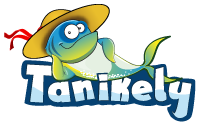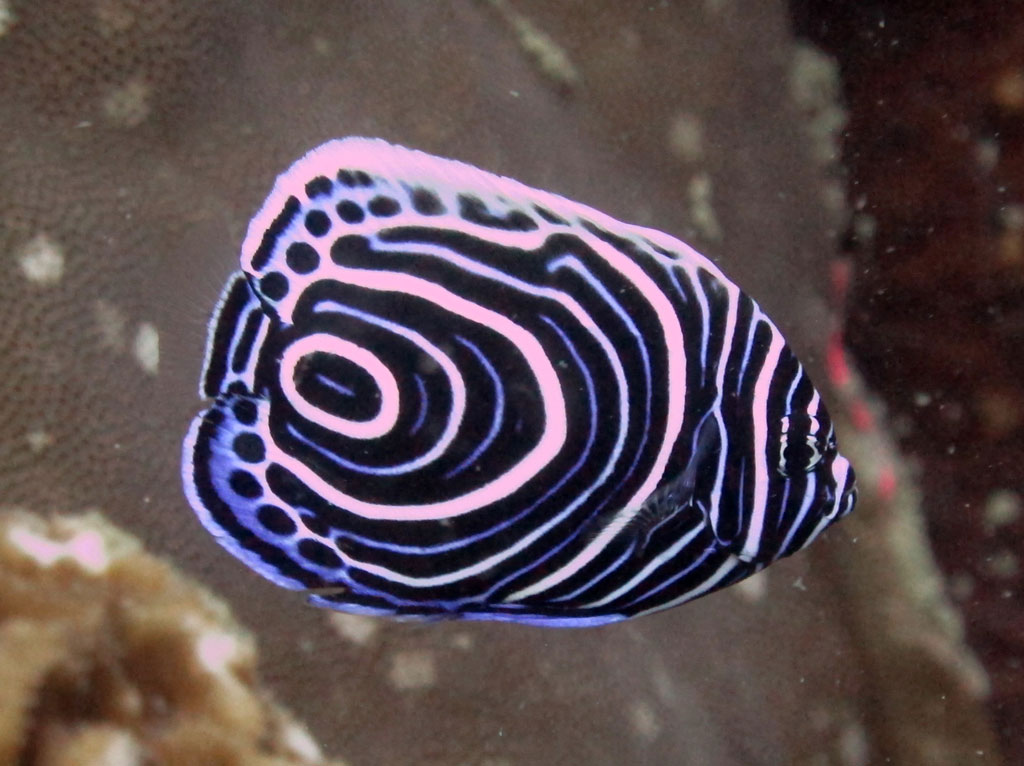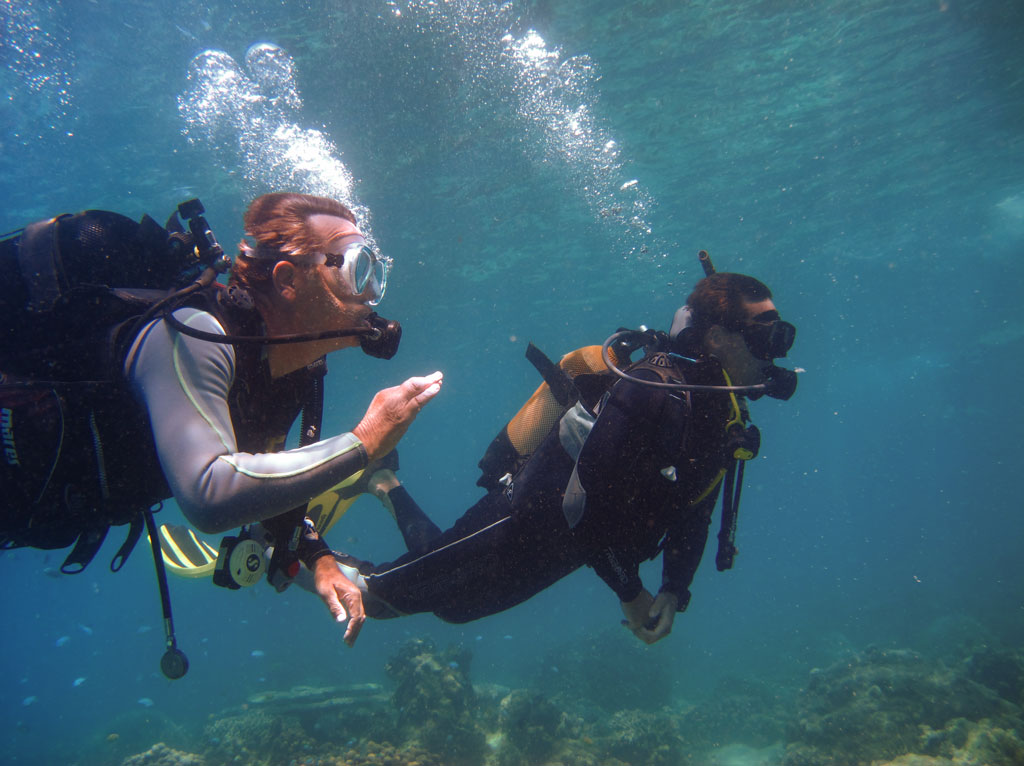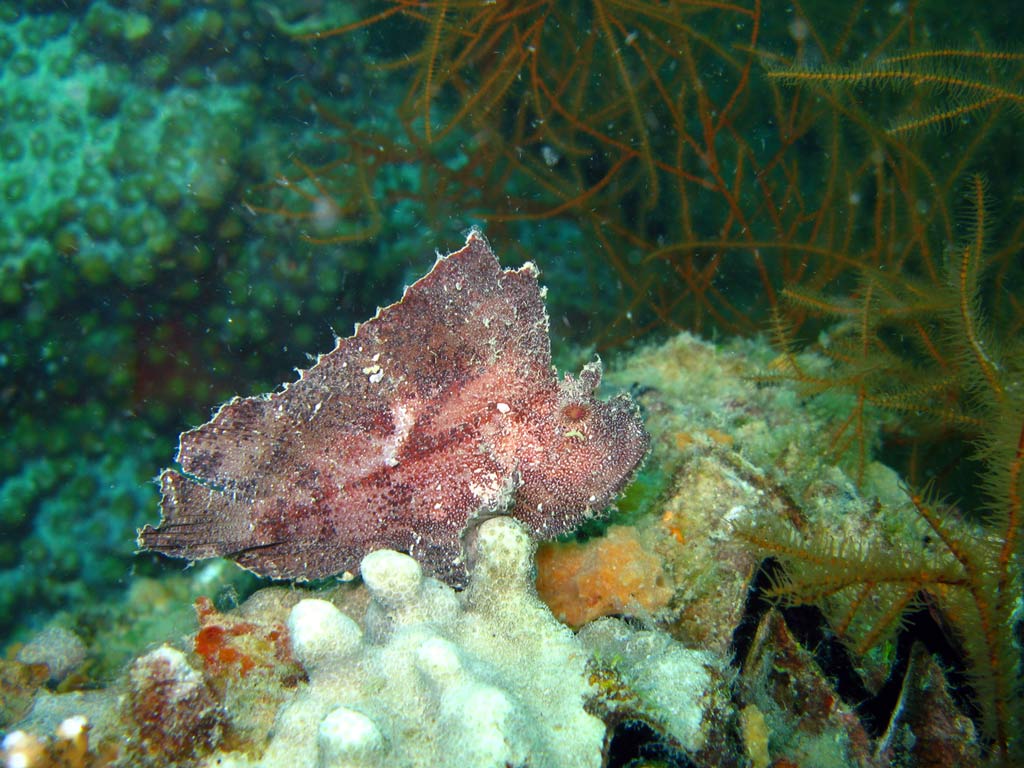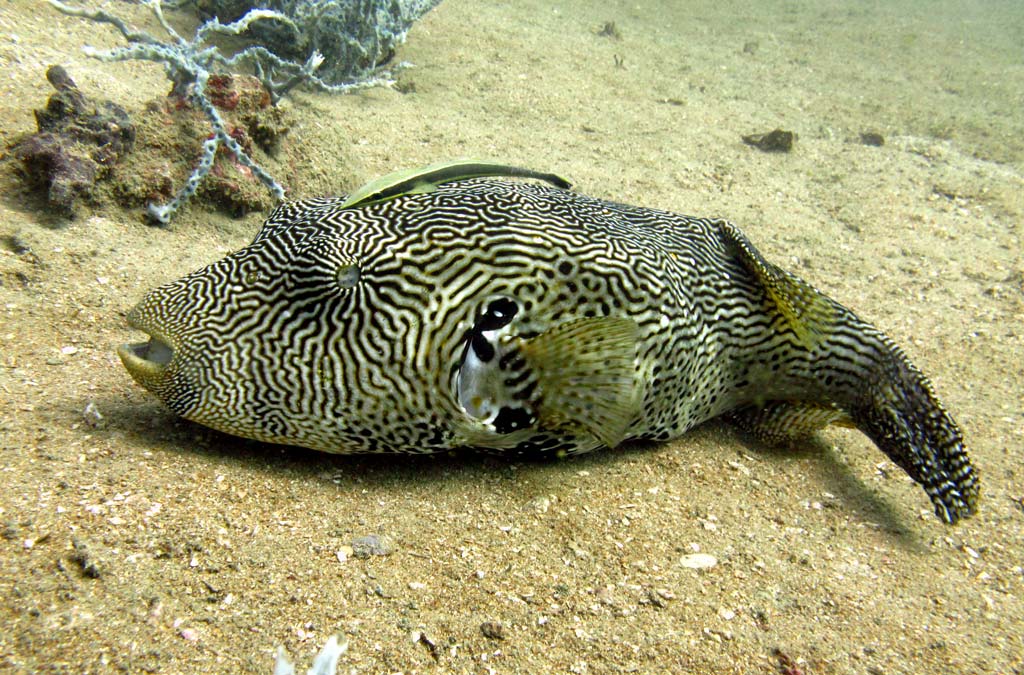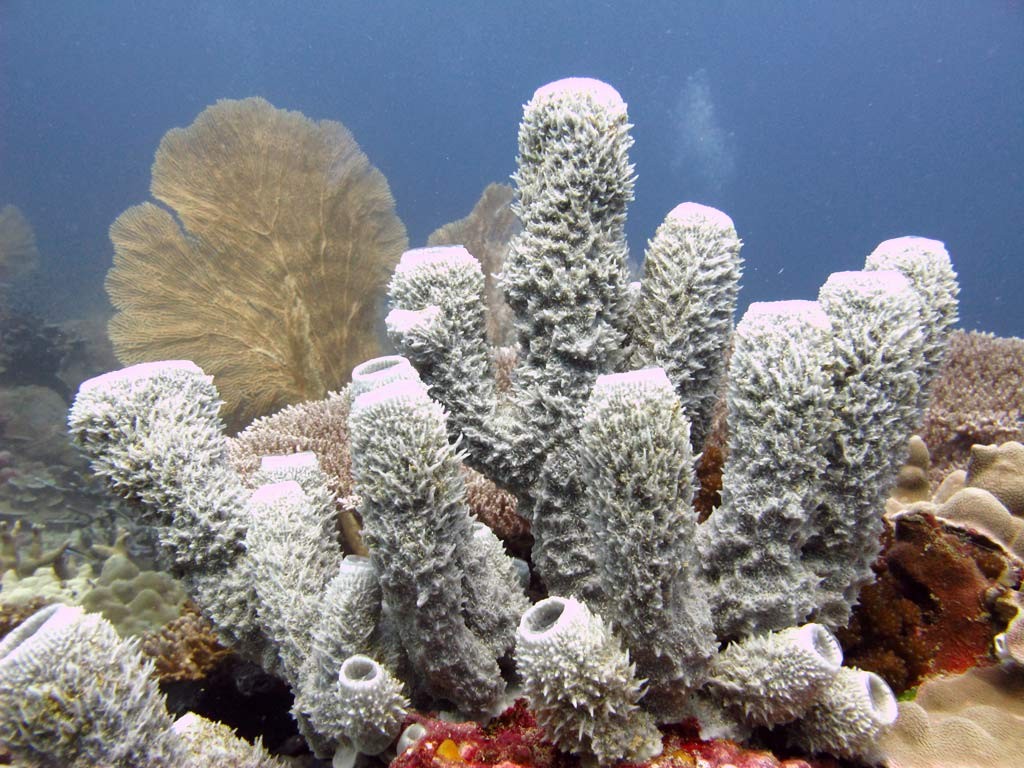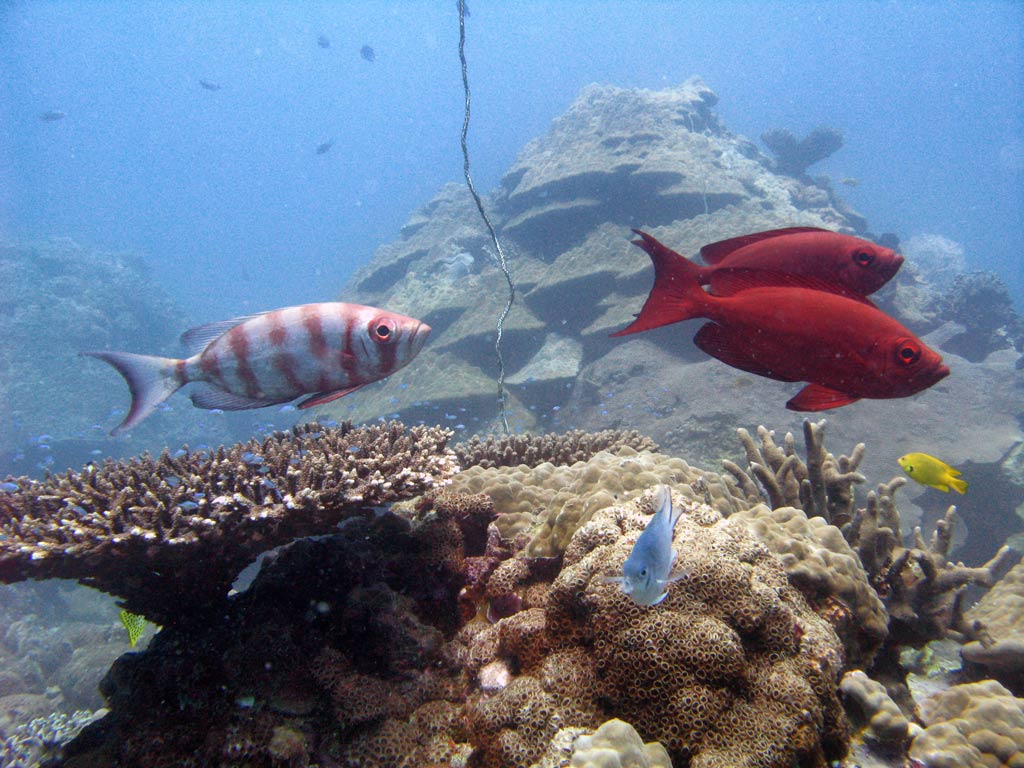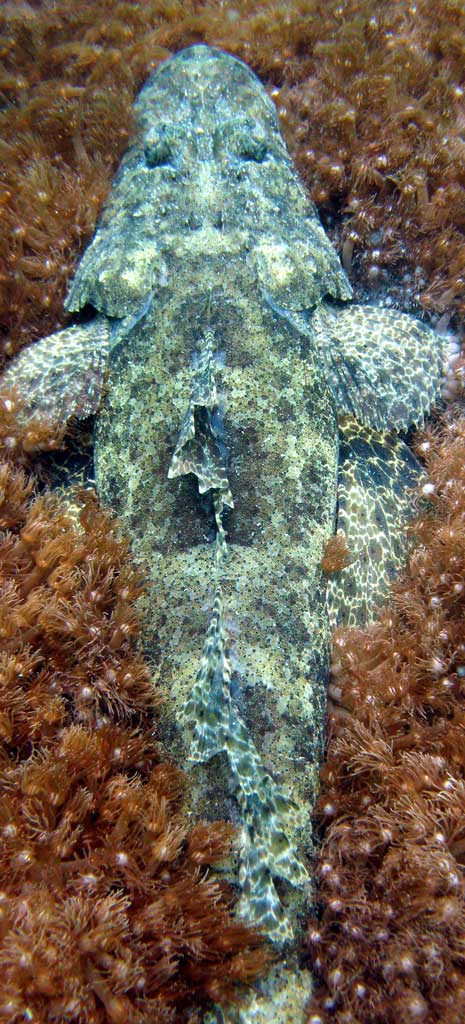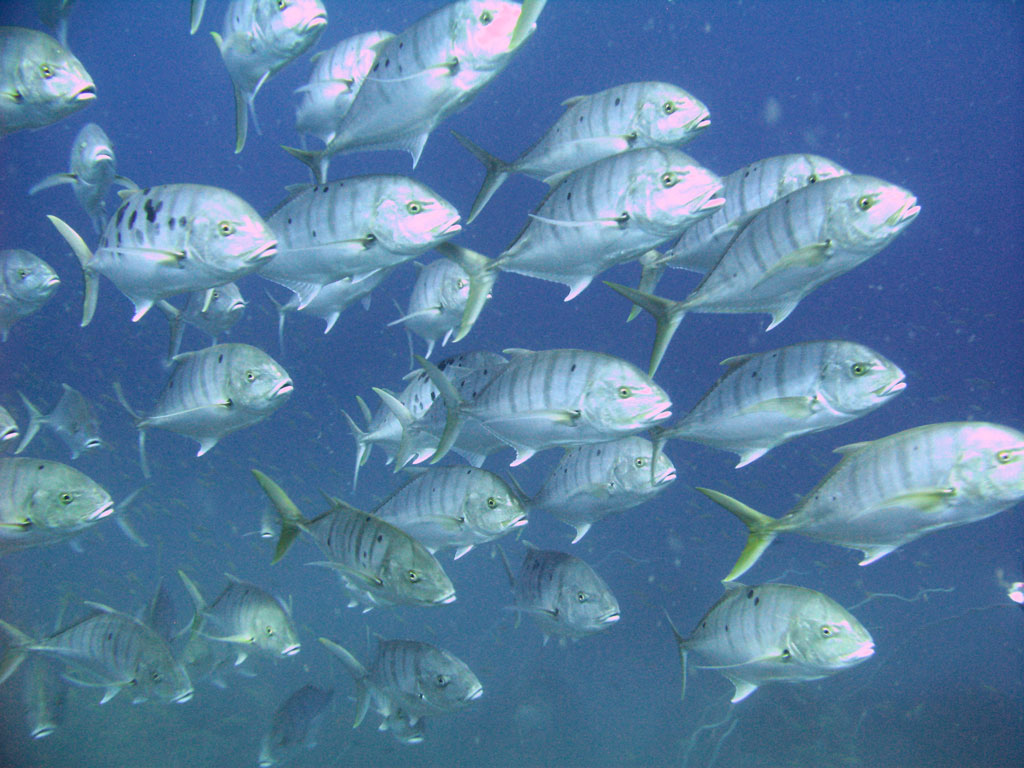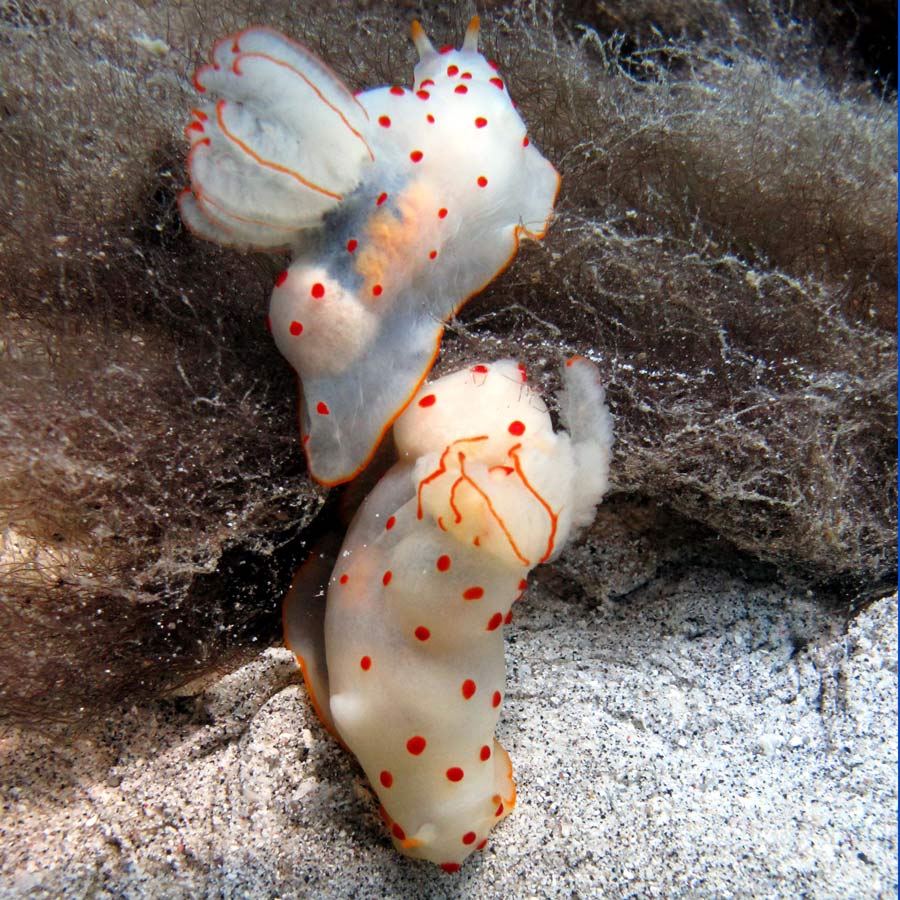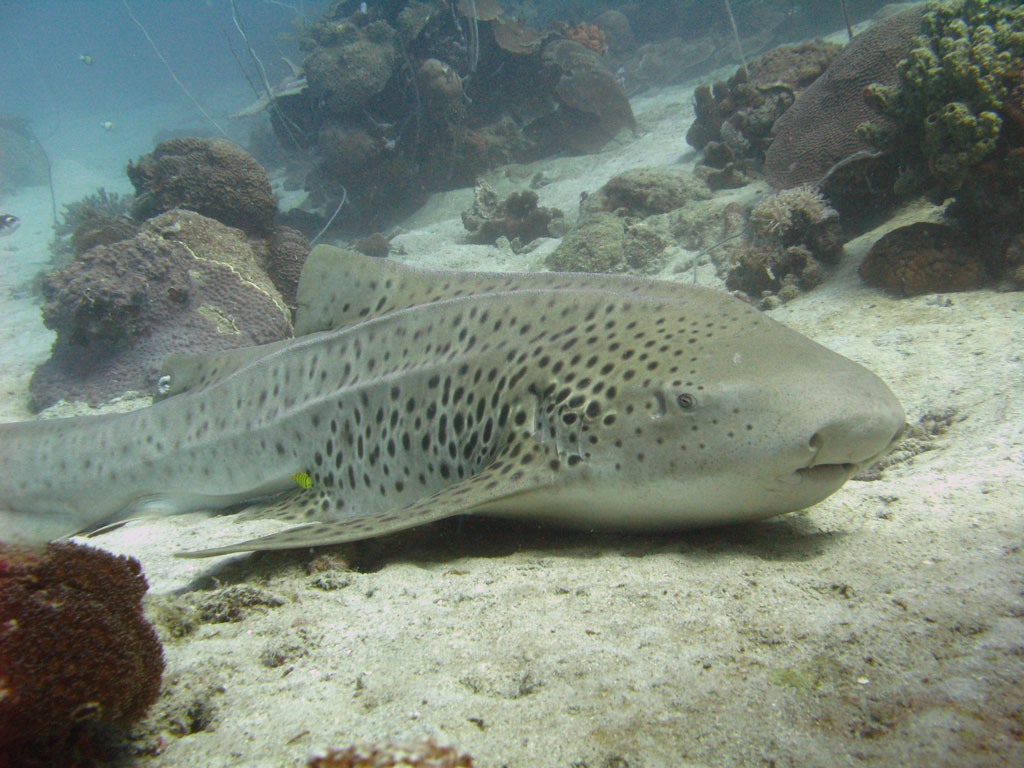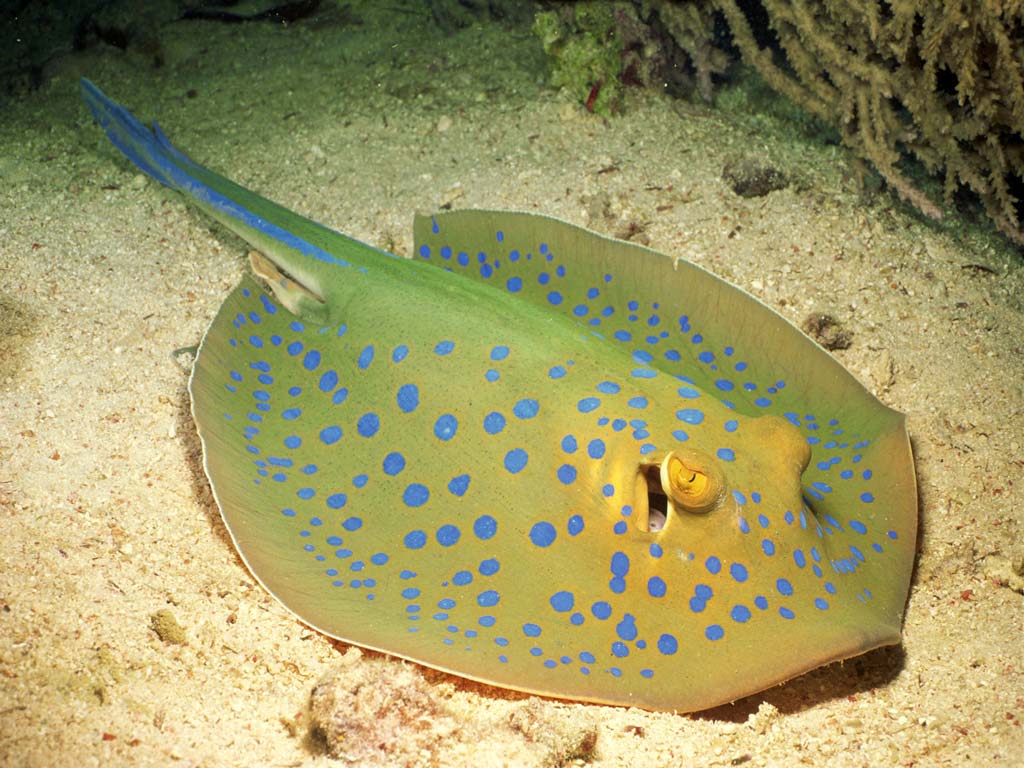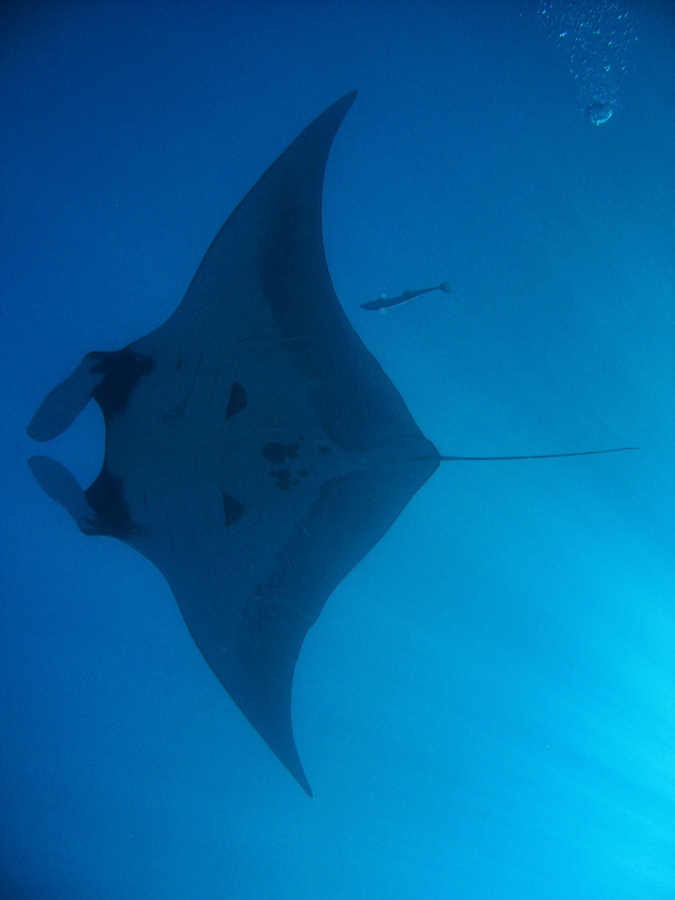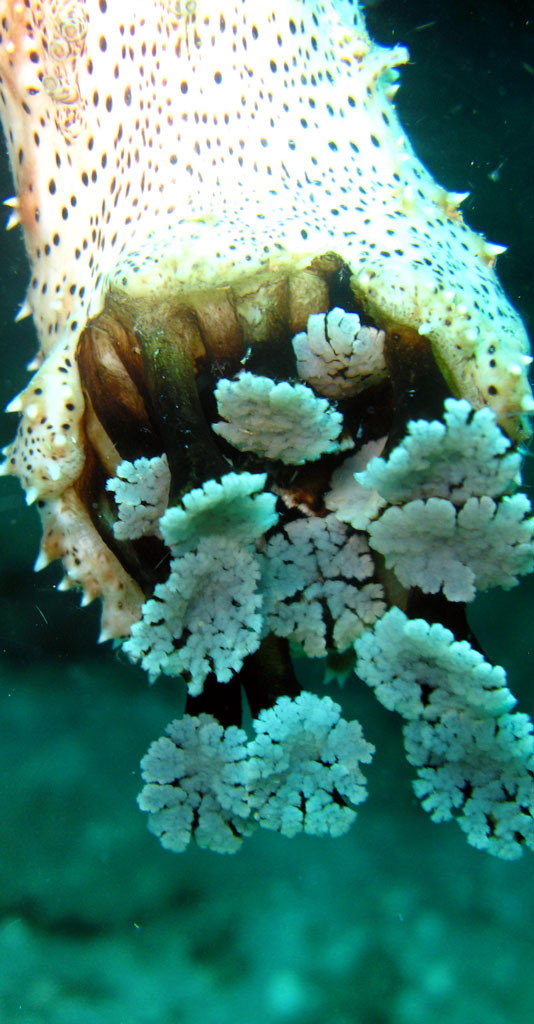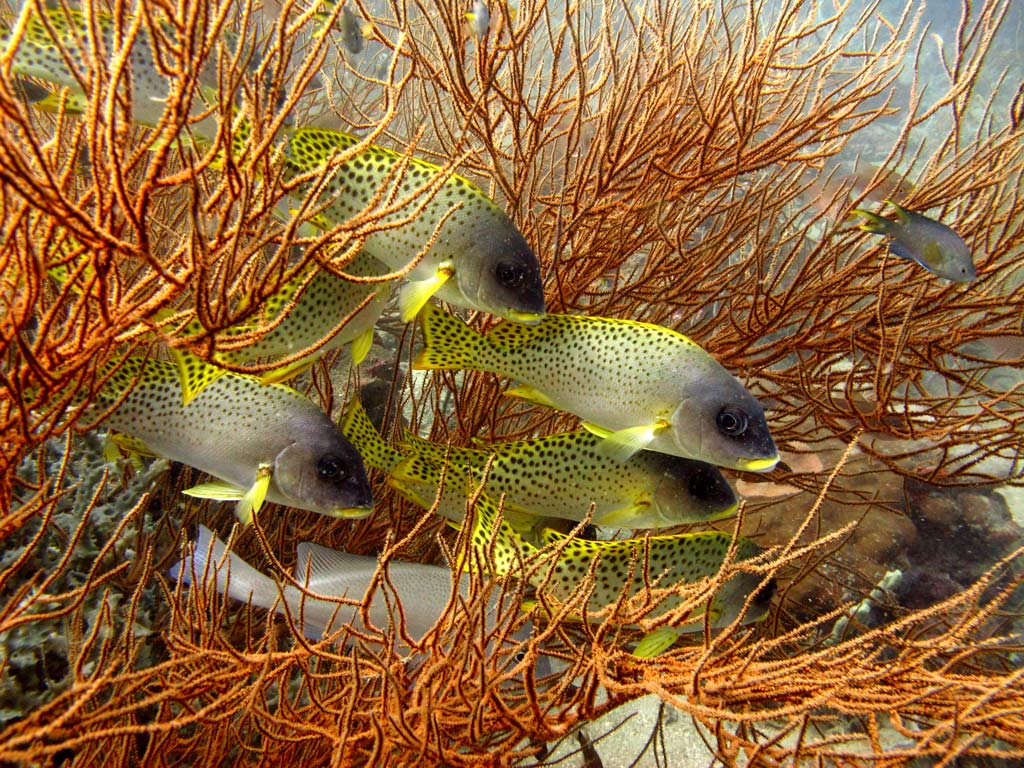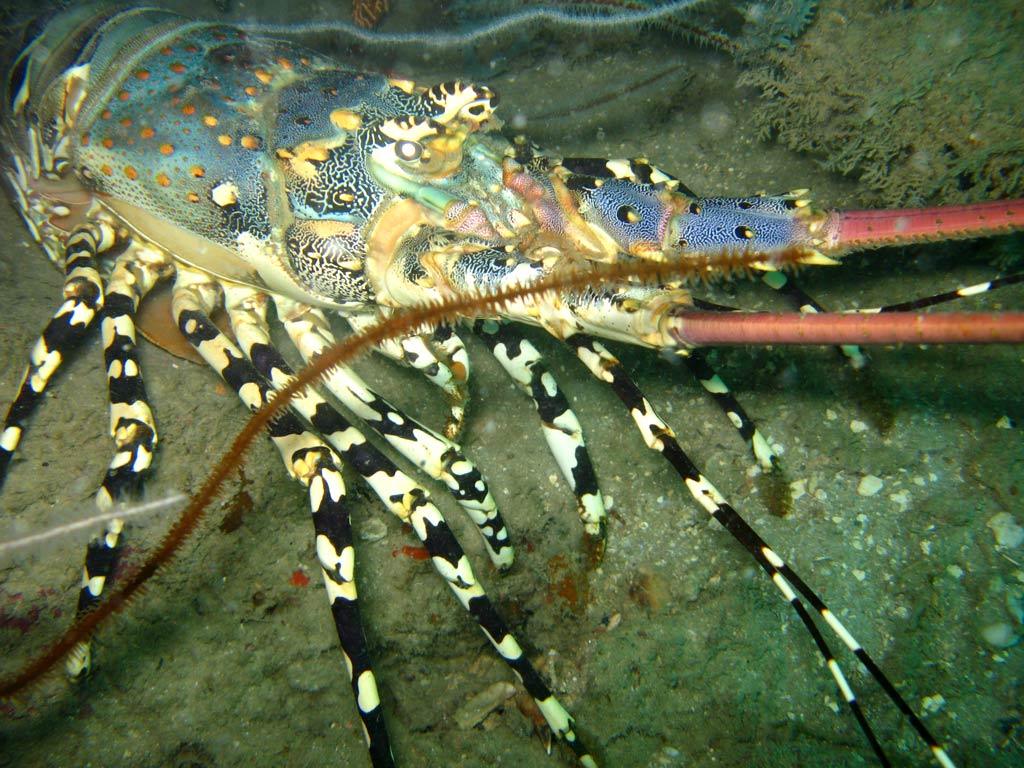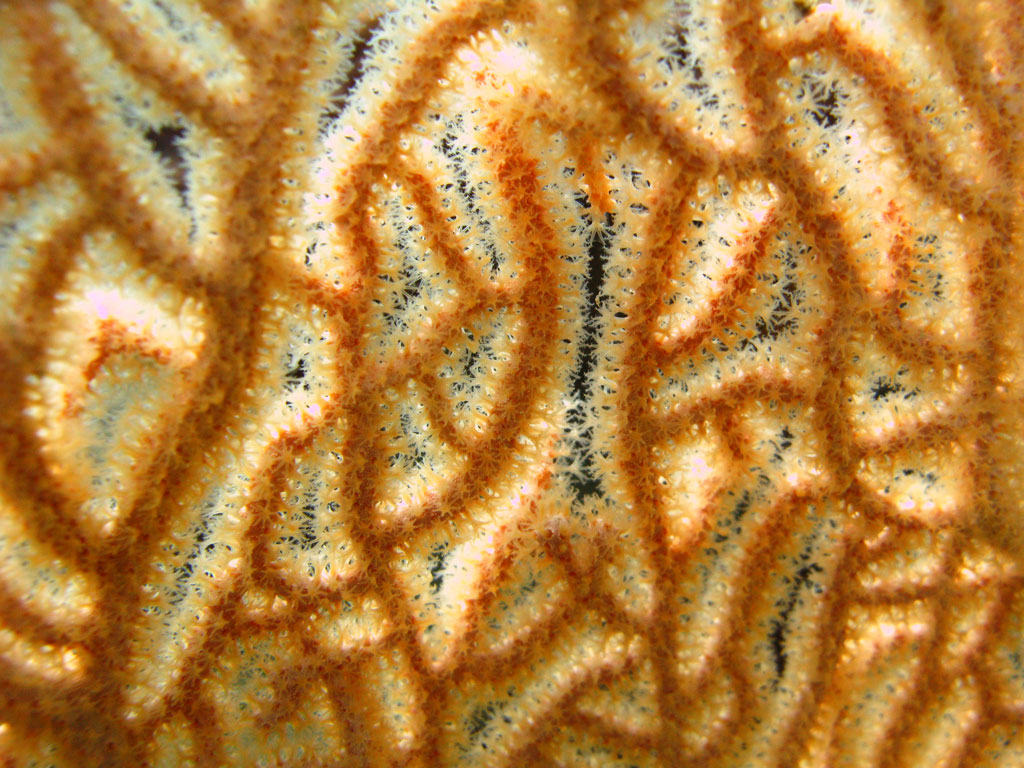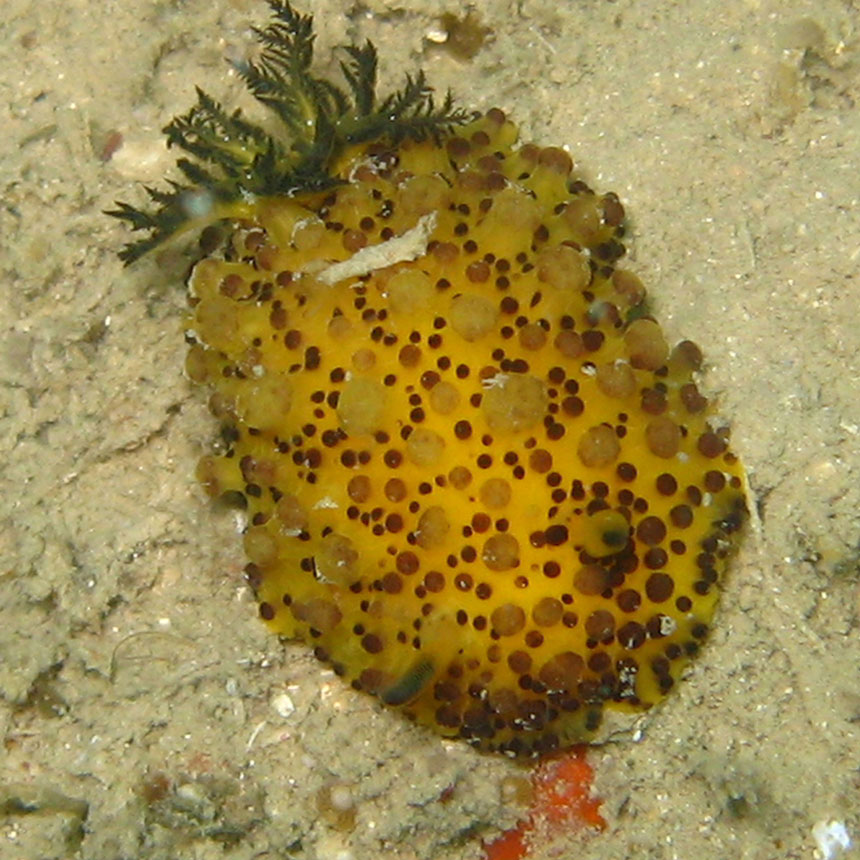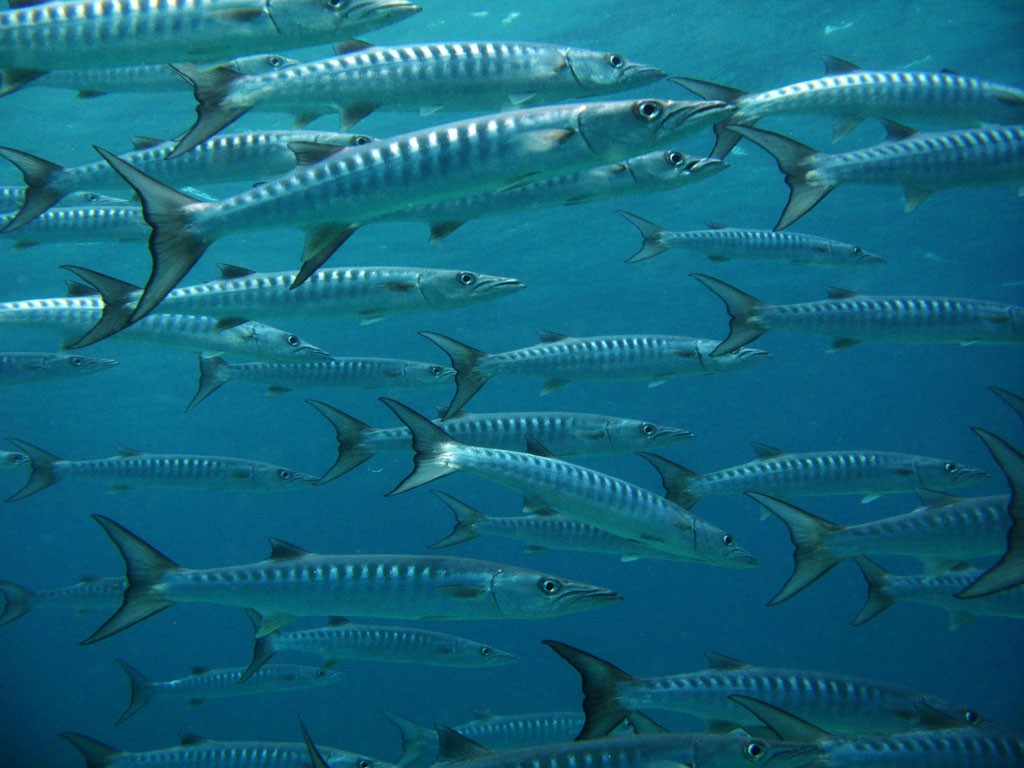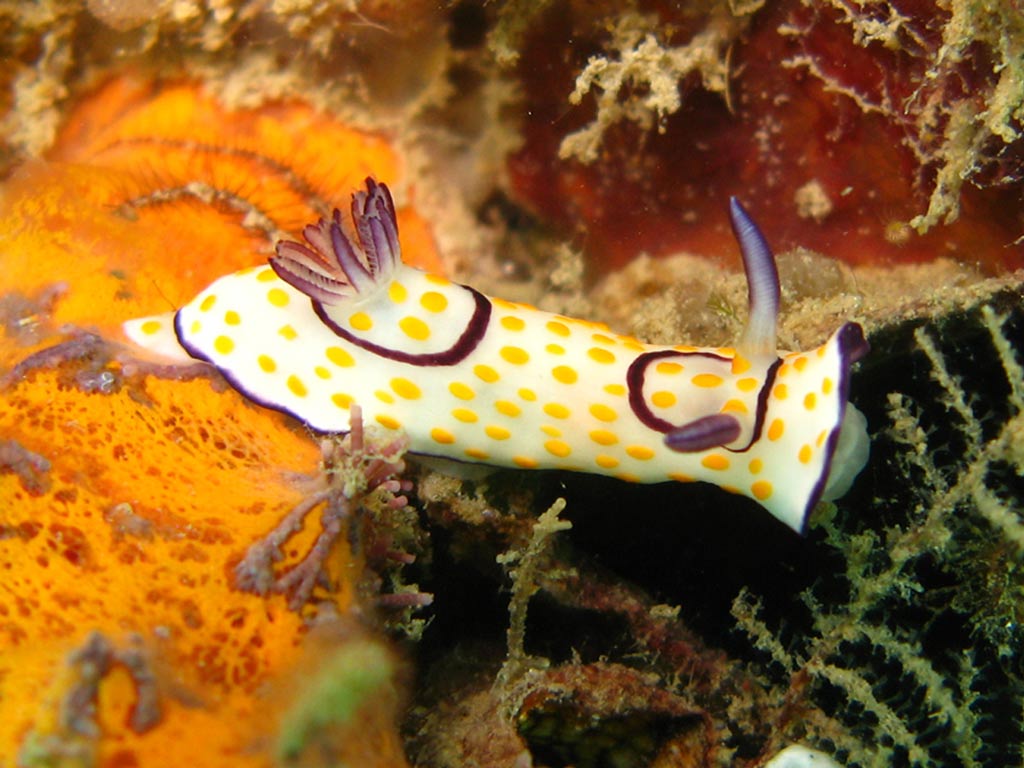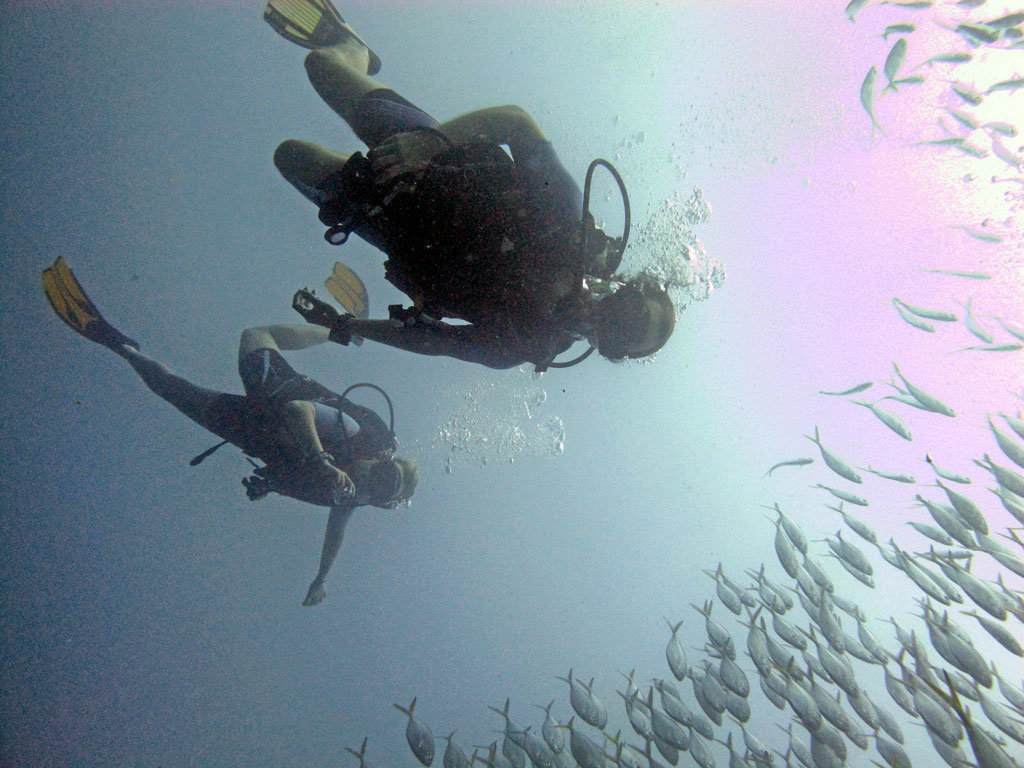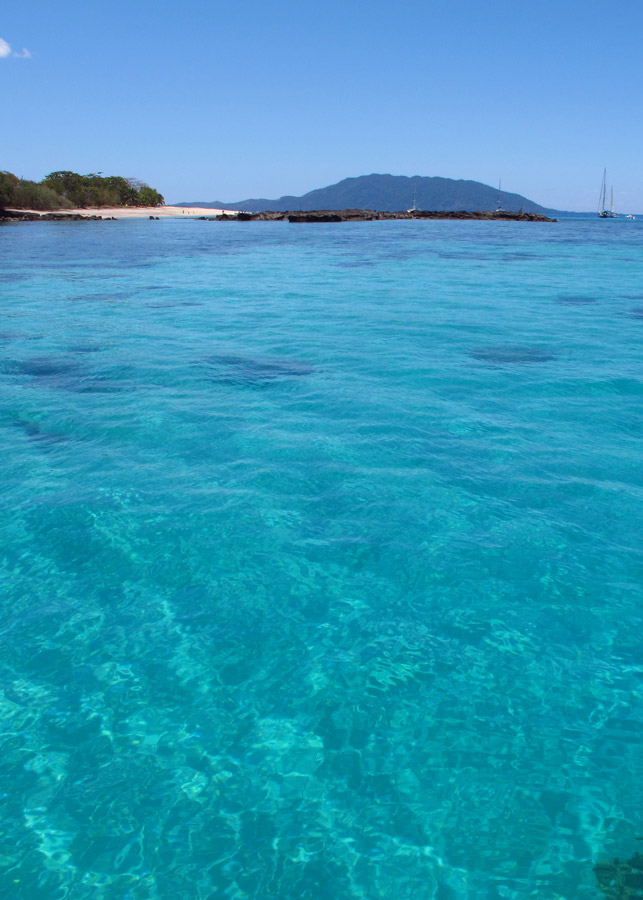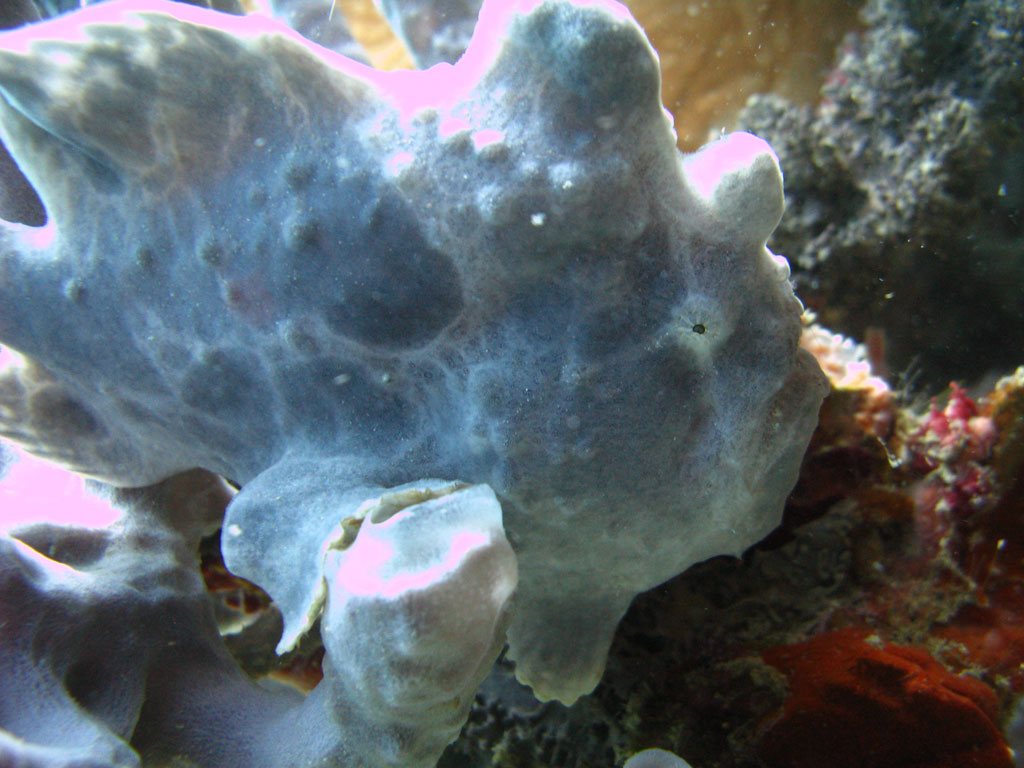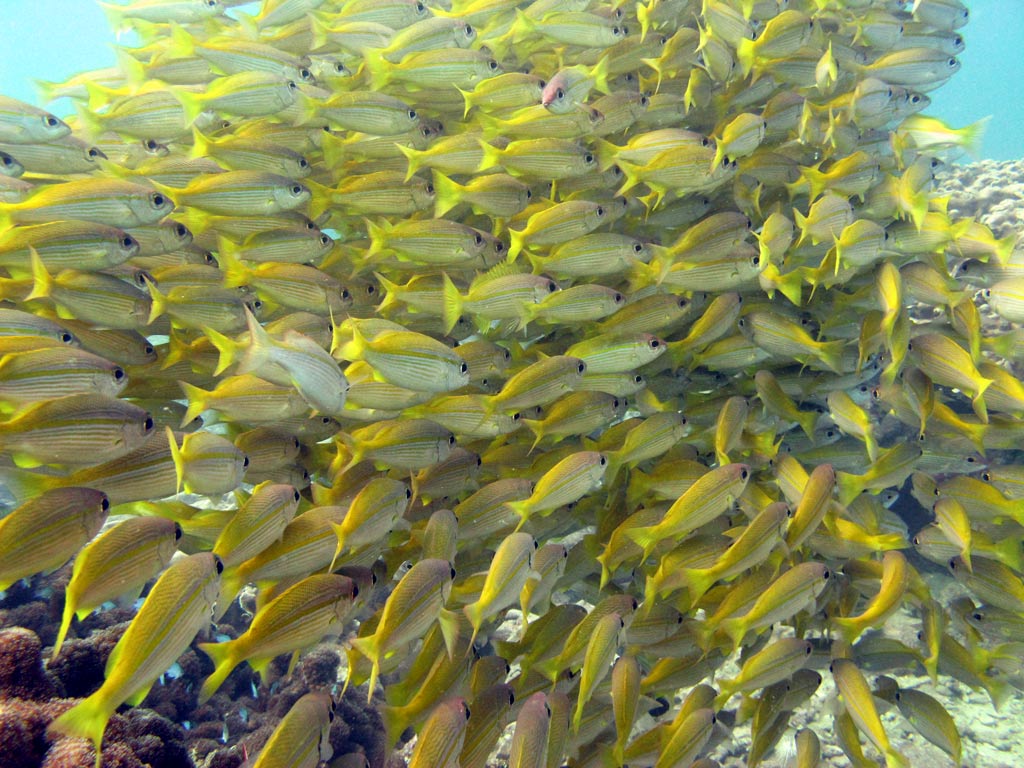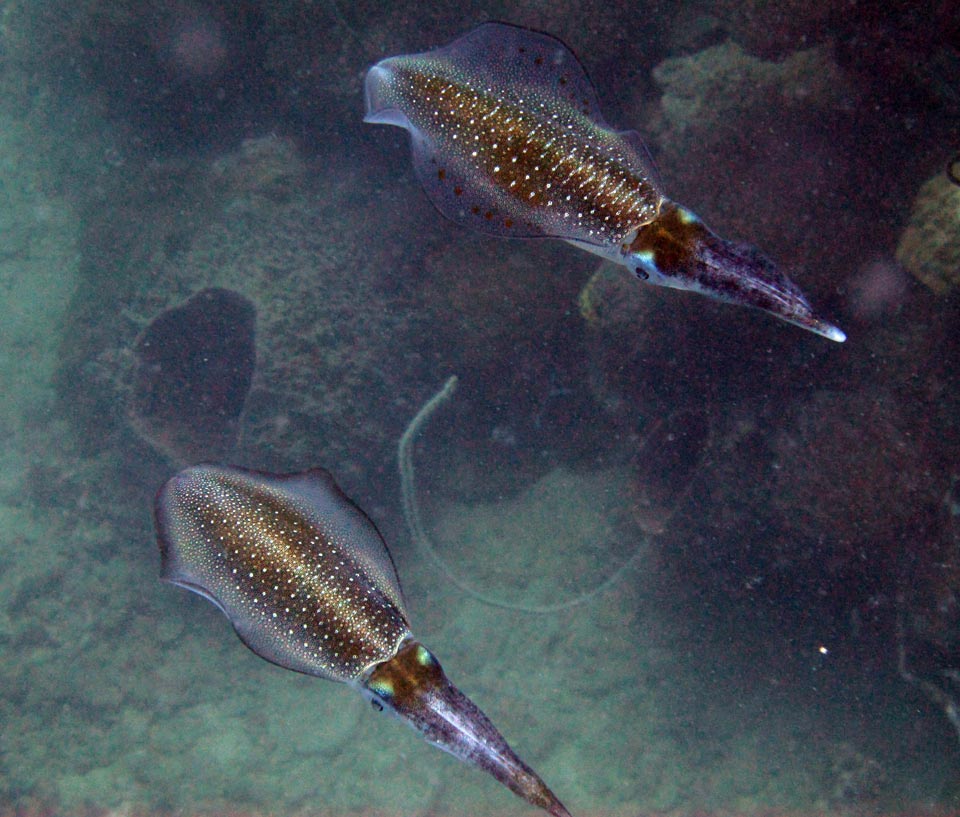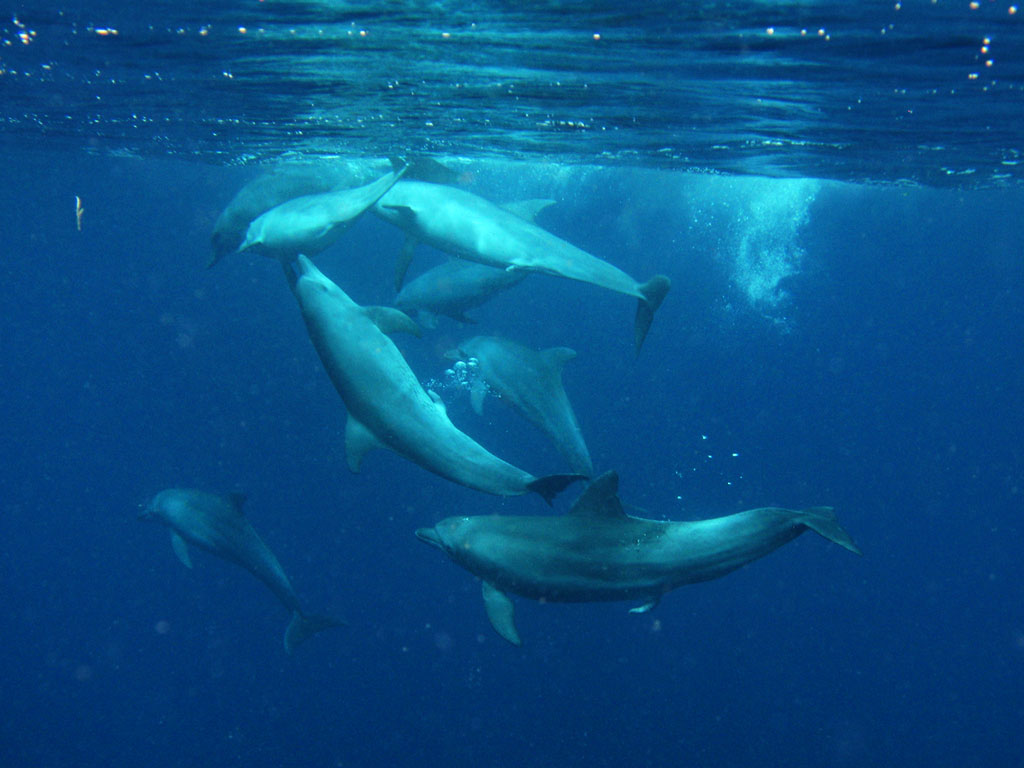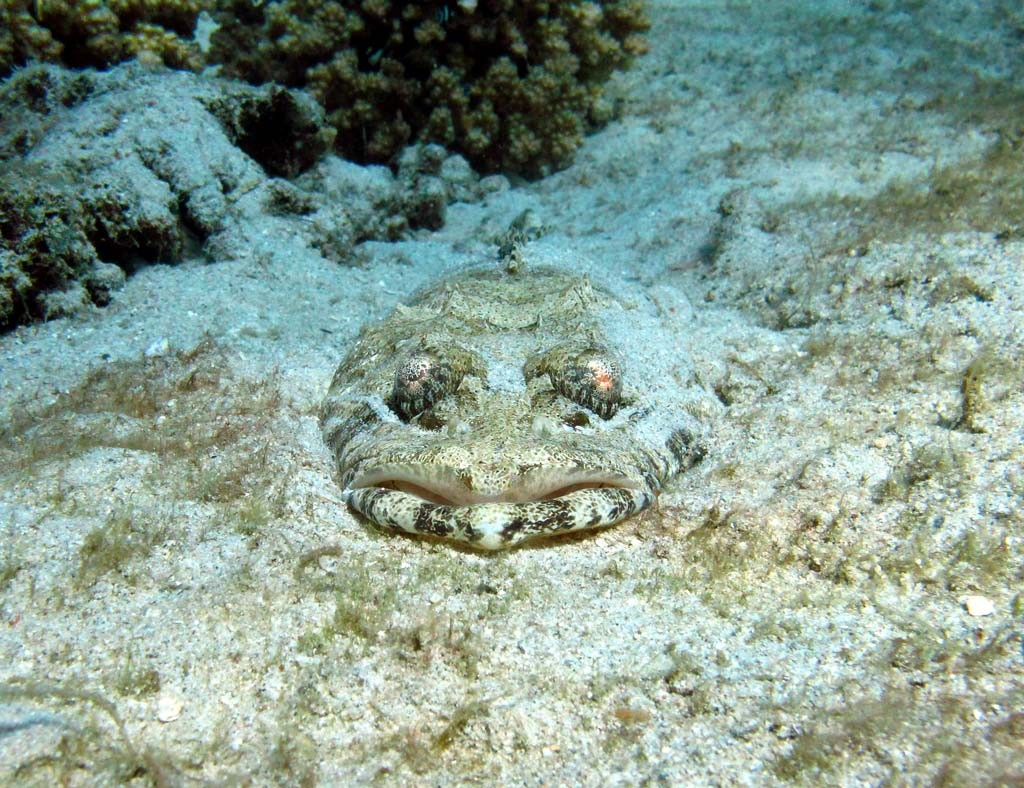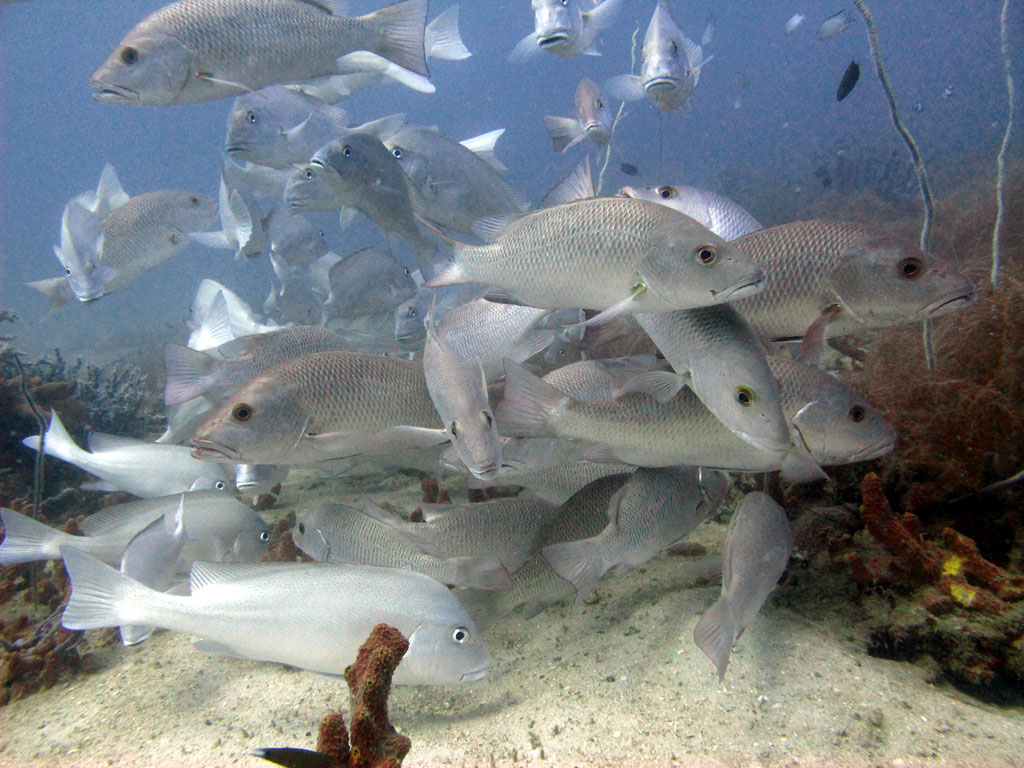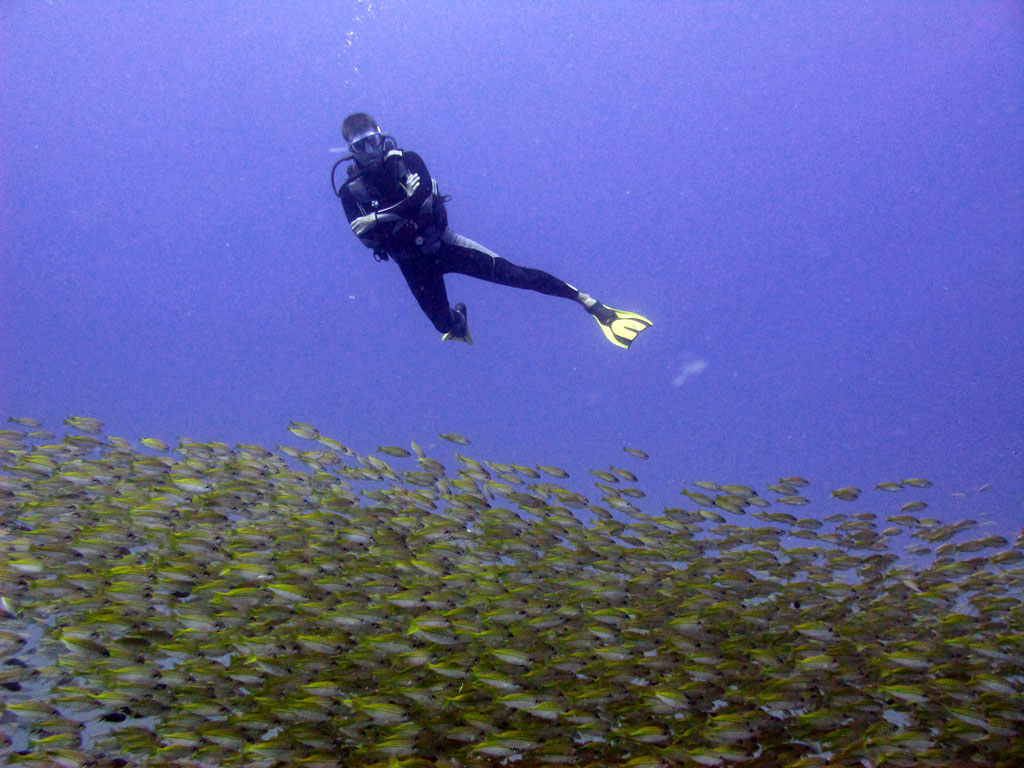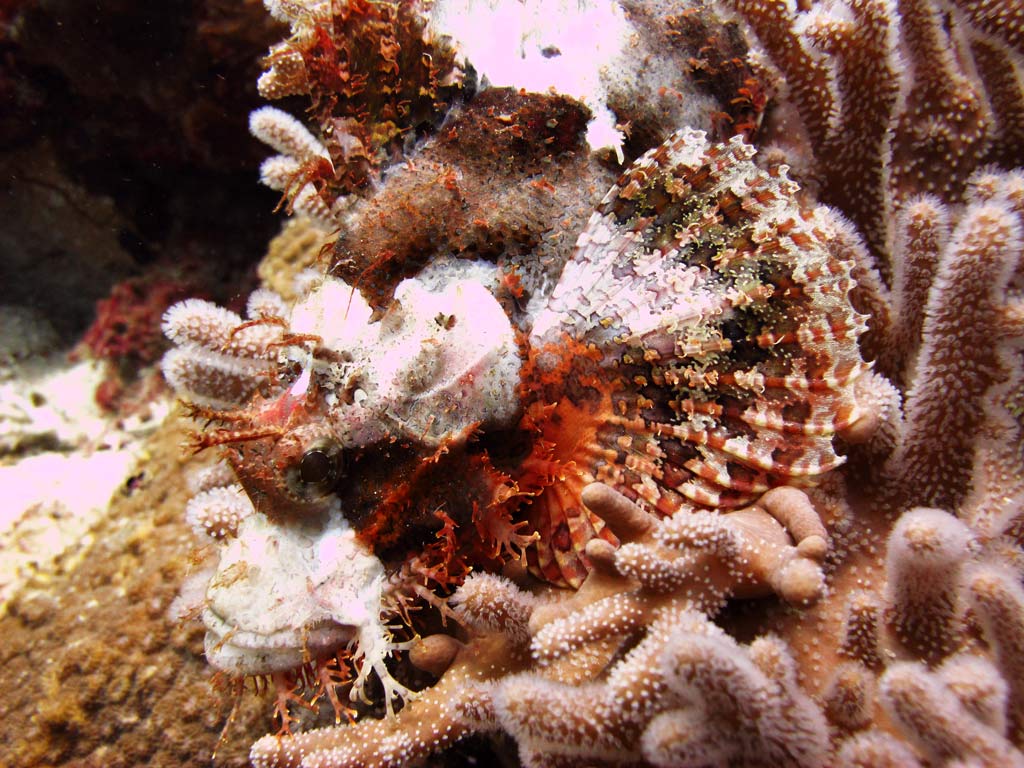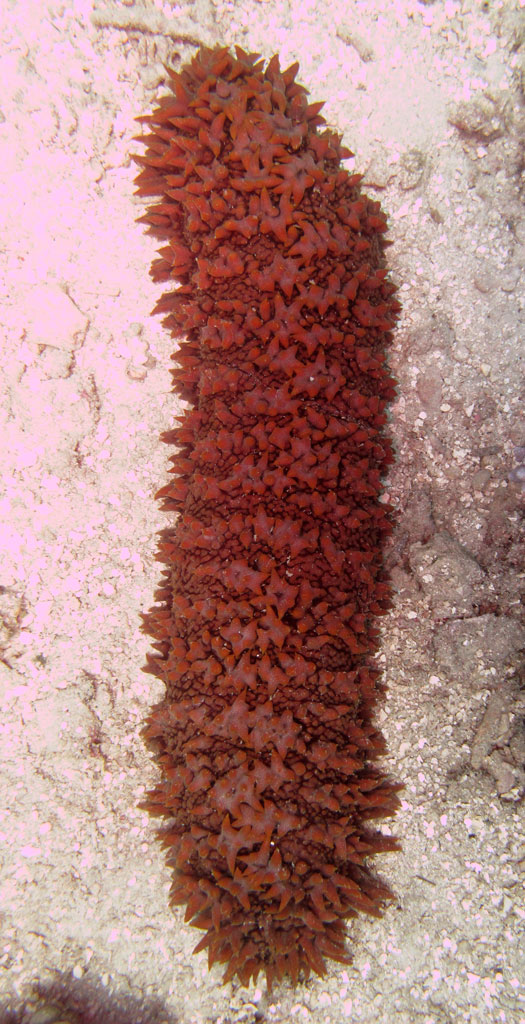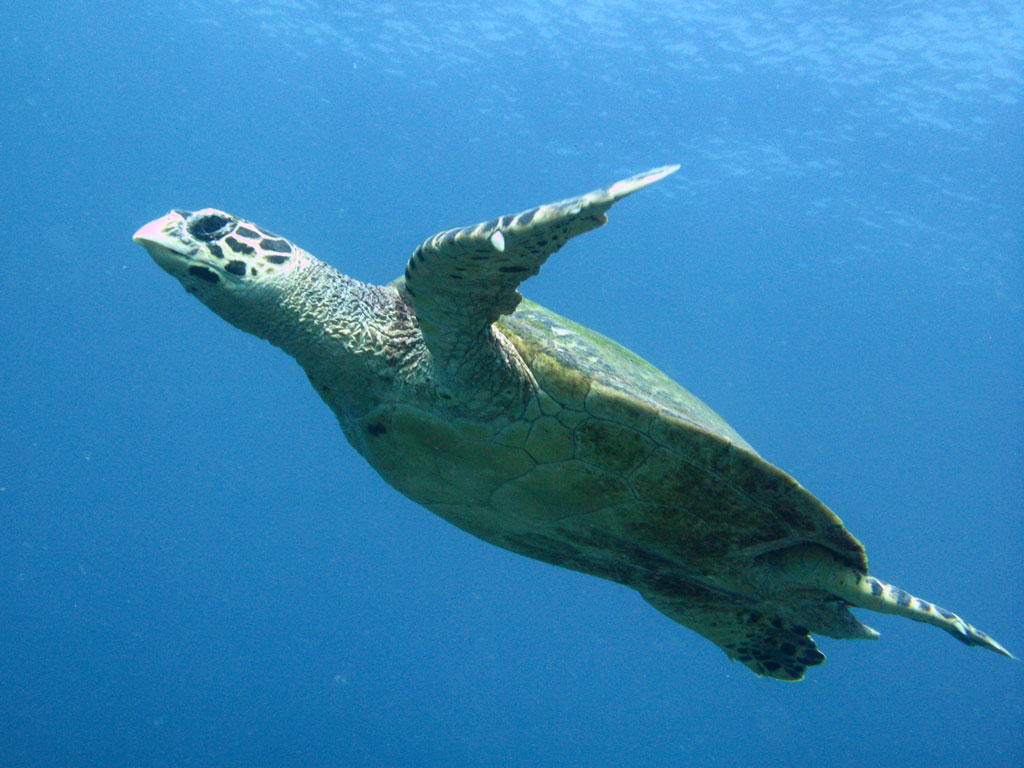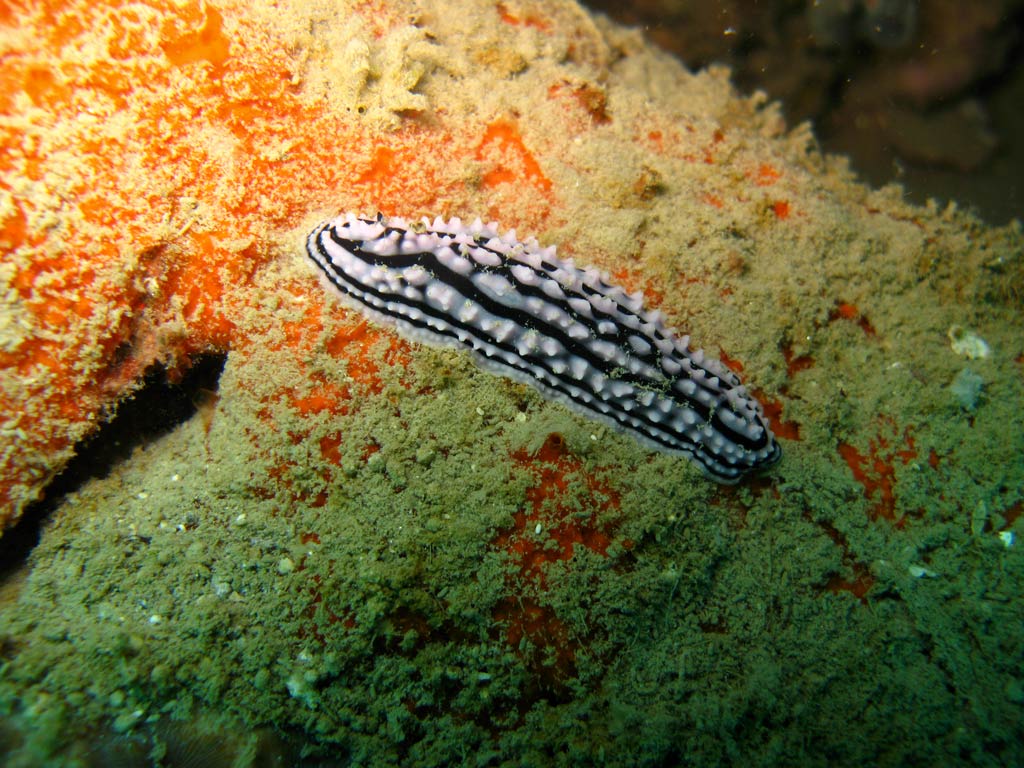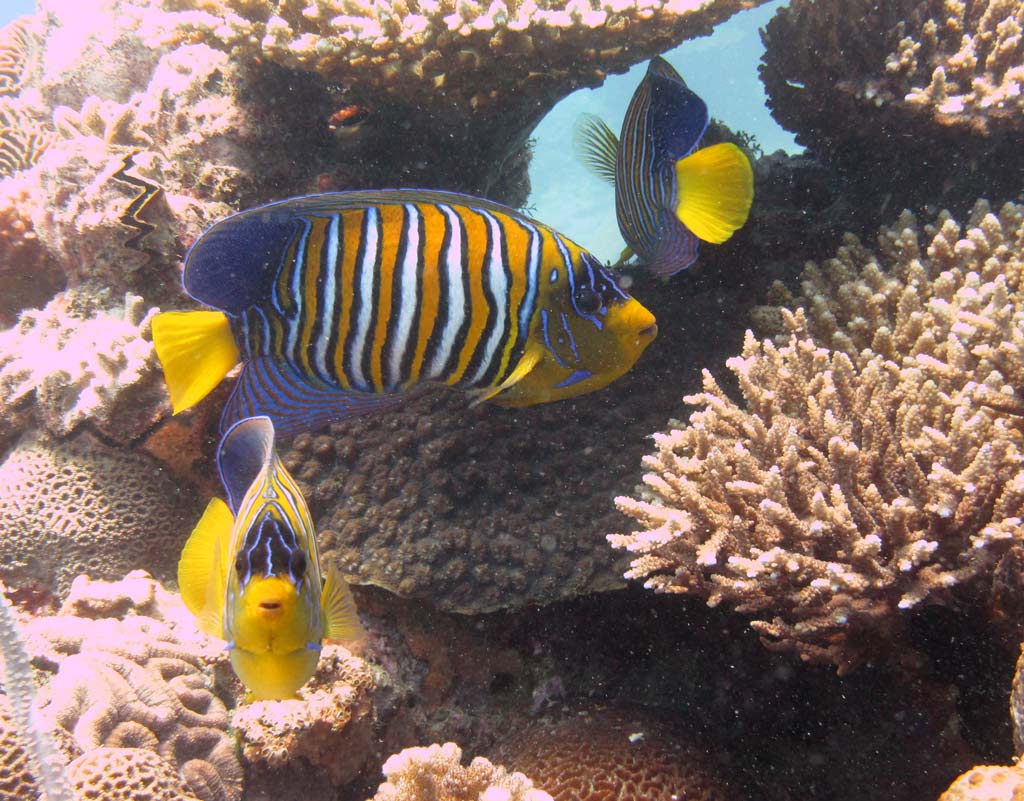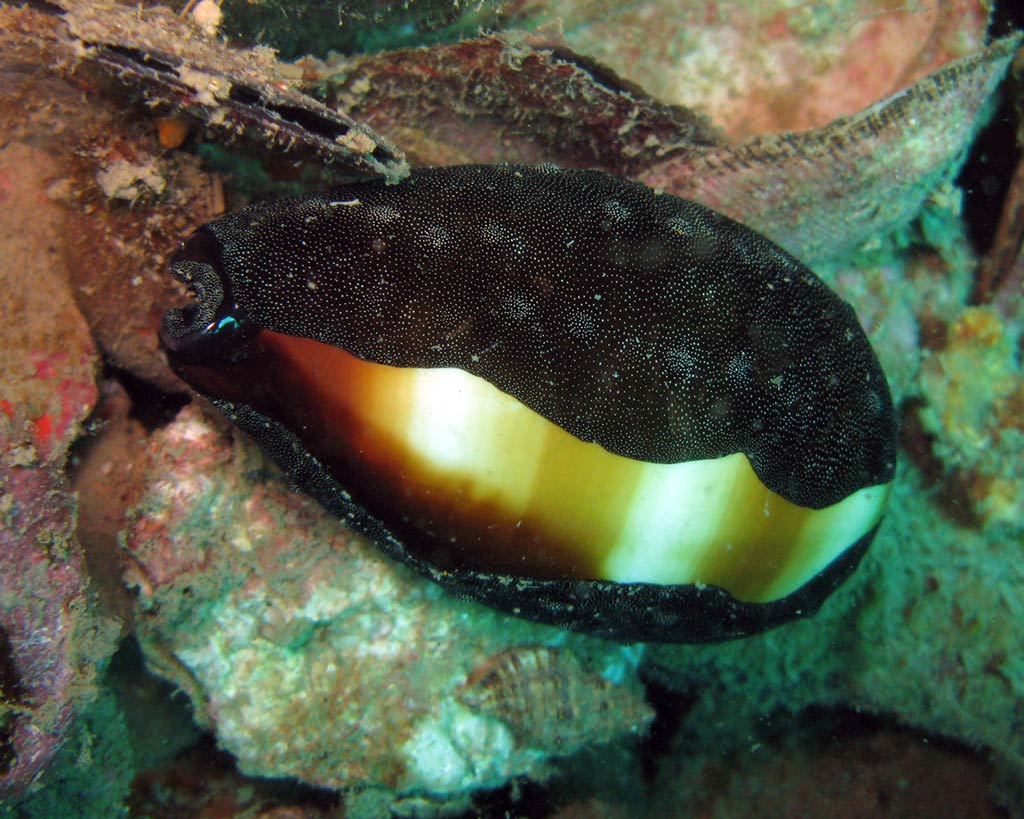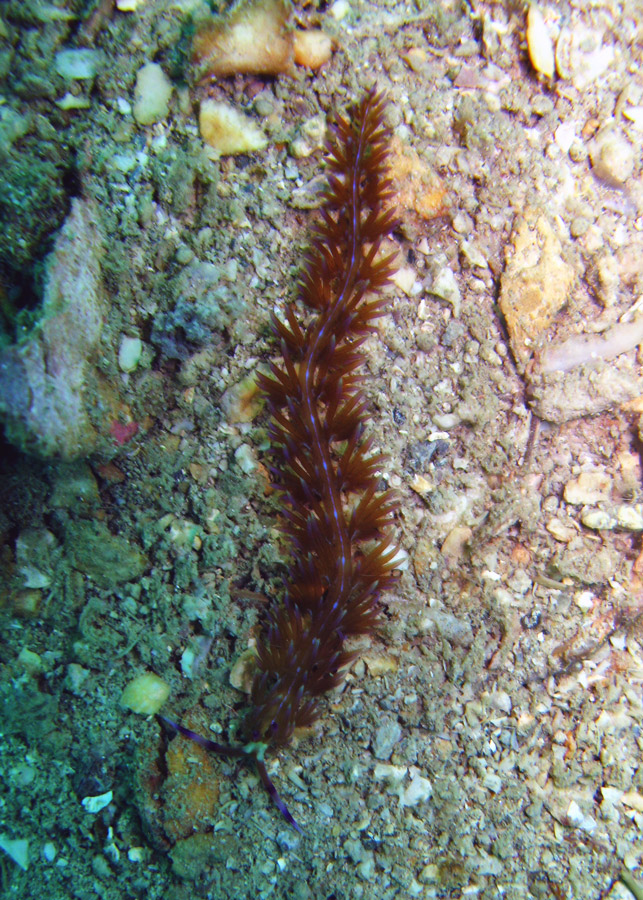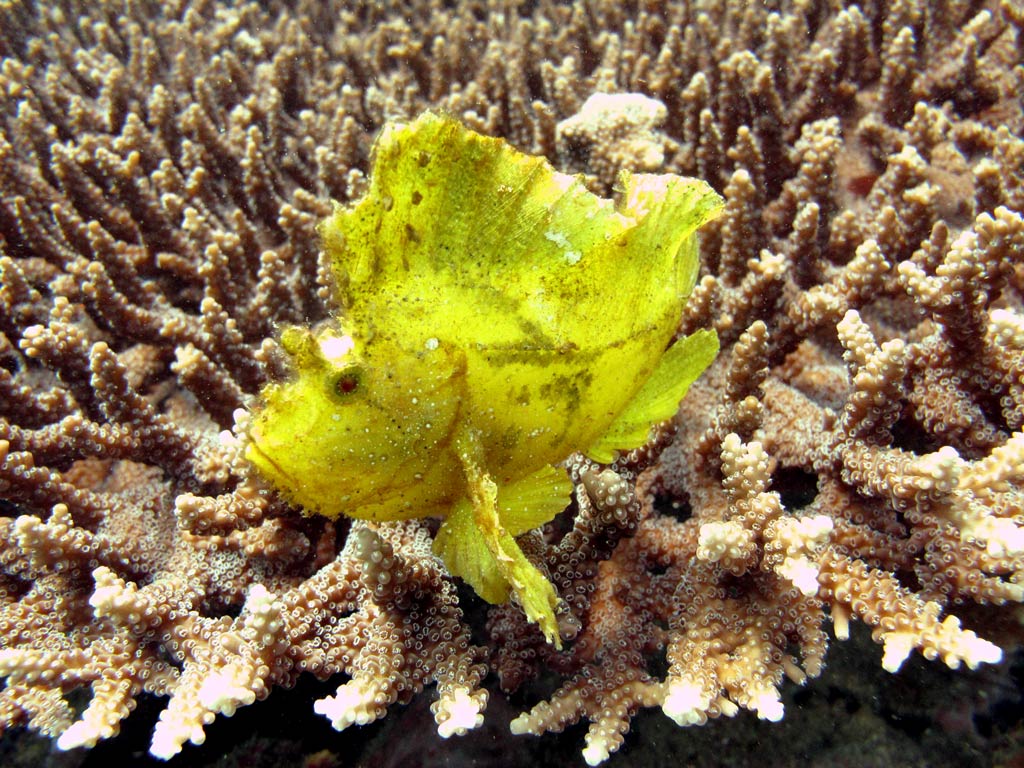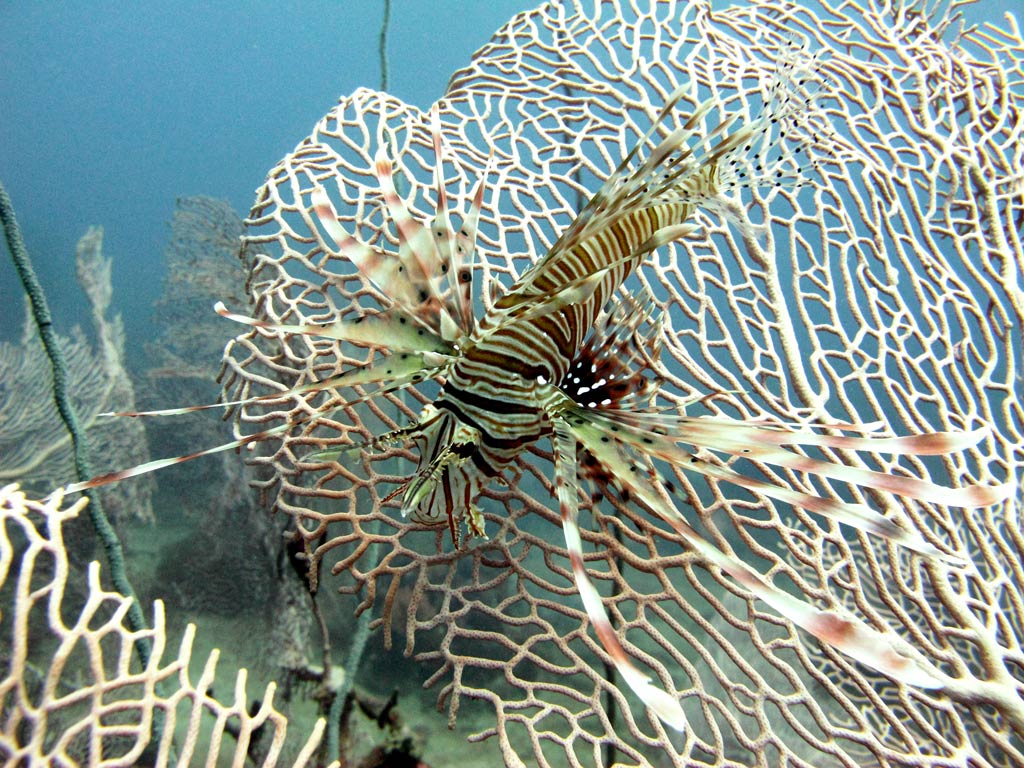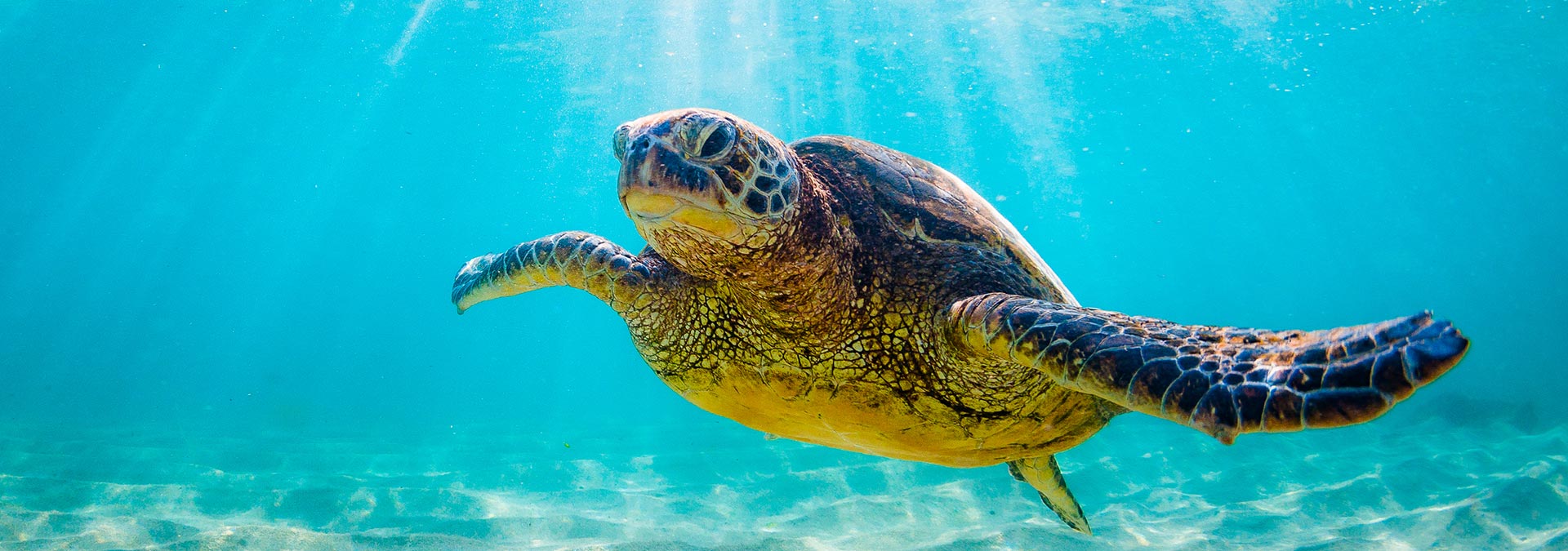
Scuba divingThere are 3 dives at Tanikely: North, South and East.
Nosy Tanikely, with its many coral reefs and diversity of fish species is the ideal place for a first scuba dive. More experienced divers will also enjoy themselves here.
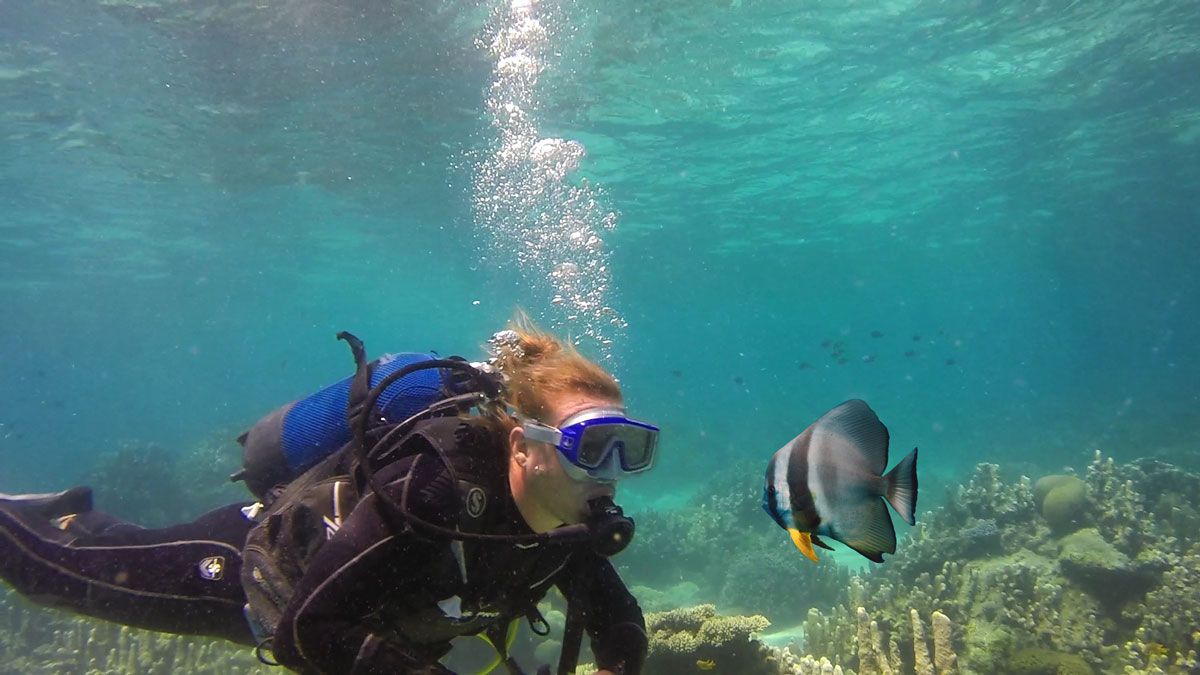
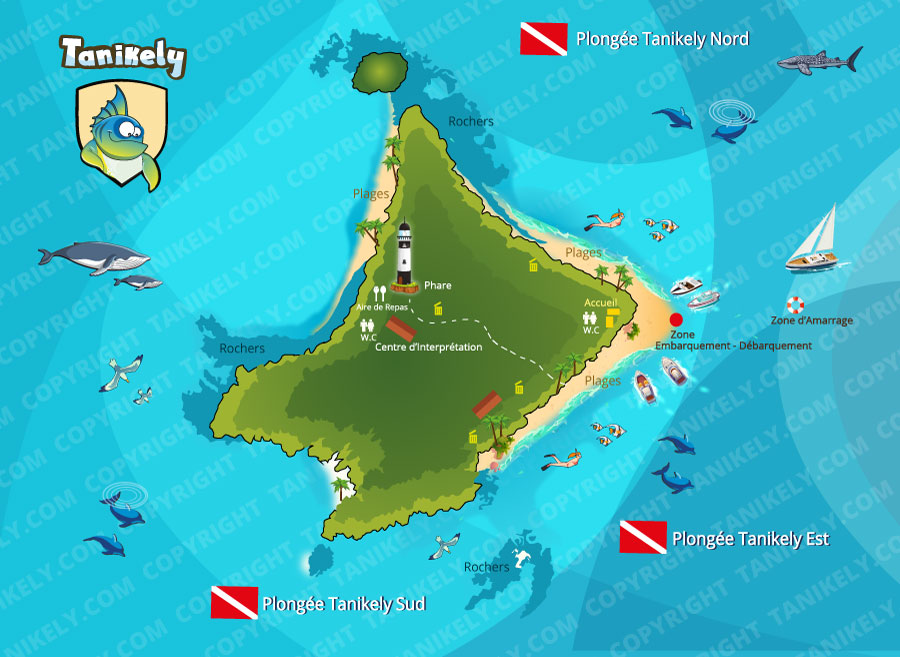
- Encounters with turtles are almost certain.
- The dolphins that can be seen here are the common bottlenose dolphin, the Indo-Pacific humpback dolphin and the Indo-Pacific bottlenose dolphin.
- During the whale season from July to December, your dive may be accompanied by the songs of humpback whales.
- Whale sharks are present in the bay from September to January. They can sometimes be found near Nosy Tanikely, so it’s possible to get close enough to observe them.
Lovers of underwater photography will be delighted at Nosy Tanikely, as the water is very clear and the light penetrates the shallow depths of the 3 dive sites perfectly. Superb shots in prospect.
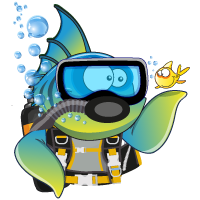
Diving NorthPetit pain de sucre
Tanikely Nord is a drift dive. This site offers the opportunity to observe beautiful corals between 0m and 15m and between 15m and 24m.
You will also see gorgonians on coral spats between 8m and 15m.
This is a frequent sighting:
-
- Large trevallies in 4m of water at the start of the dive (at ebb tide).
- Numerous gorgonians.
- Leopard sharks and white-tip sharks.
- Crocodile fish and many other species of fish and coral.
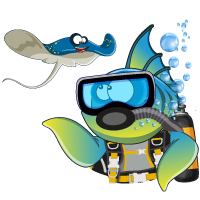
Diving SouthSmall Drop-off
The dive at Tanikely Sud is also a drift dive. The small drop-off has some very beautiful coral architecture, with large coral spurs. The coral is superb between 2m and 6m. There are small coral spurs in the sand outside the drop-off between 16m and 20m.
These can be seen most often:
-
- Leopard sharks
- Snappers
- Barracudas
- Bonito
- Large lobsters
- Crocodile fish
- Sponges mixed with Acropora table coral
- Blue-spotted stingrays
Some people still see guitar rays, manta rays and even swordfish!
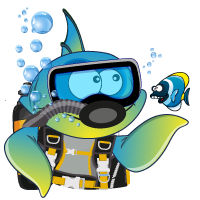
Diving EastThe beach
These can be seen most often:
-
- Groupers
- Spotted gaterins
- Crocodile fish
- Scorpion fish (various pterois)
- Schools of lutjans
- Frog fish
- Syngnathids
- Moray eels
- Parrotfish, surgeonfish, damselfish…
- Nudibranchs
- Schools of fusiliers, platax and lutjans
- Stingrays, blue-spotted rays
- Hawksbill turtles
Photo credits: Nosy Komba Plongée
